Hi Everyone,

My vegan economics journey continues today with my investigation into various forms of animal abuse. Considering the extent of animal abuse, this post has been divided into 5 parts. Even then I will only be doing a reasonably brief summary. I will investigate each area in greater depth as I progress on my journey.
These post will look at industries where animal abuse and mistreatment has been documented. These posts have been inspired by the documentary ‘Earthlings’. Earthlings focused on five key industries where animal abuse predominantly occurs. These industries are as follows:
- Pets
- Entertainment
- Science
- Food
- Clothing
In today’s post I will be investigating pets. I will be focusing on three countries Australia, United States of America, and the United Kingdom. The people of these countries are well known for their love of pets. Does that mean that pets in these countries have a great life? This post will look into the cruelty and abuse that many of our beloved pets endure.
Pets
Many people have pets such as dogs and cats. In Australia there is, on average, 1 dog for every 5 people. In the United States of America, there is on average, 1 dog for every 4 people. In the United Kingdom, there is on average, 1 dog for every 8 people. These numbers are approximated based on the number of pets and the population of the three countries.
People are more inclined to relate to their pets than to other species of animals where contact is more limited. This does not mean that pets do not experience cruelty and abuse or that cruelty and abuse is even uncommon.
Puppy Mills
According to the Royal Society for Protection of Cruelty to Animals (RSPCA), a puppy mill (also known as a puppy factory or puppy farm) is defined as ‘an intensive dog breeding facility that is operated under inadequate conditions that fail to meet the dogs’ behavioural social and/or physiological needs’.
Puppy mills are usually large-scale commercial operations, but inadequate conditions may also exist in small volume breeding establishments which may or may not be run for profit.
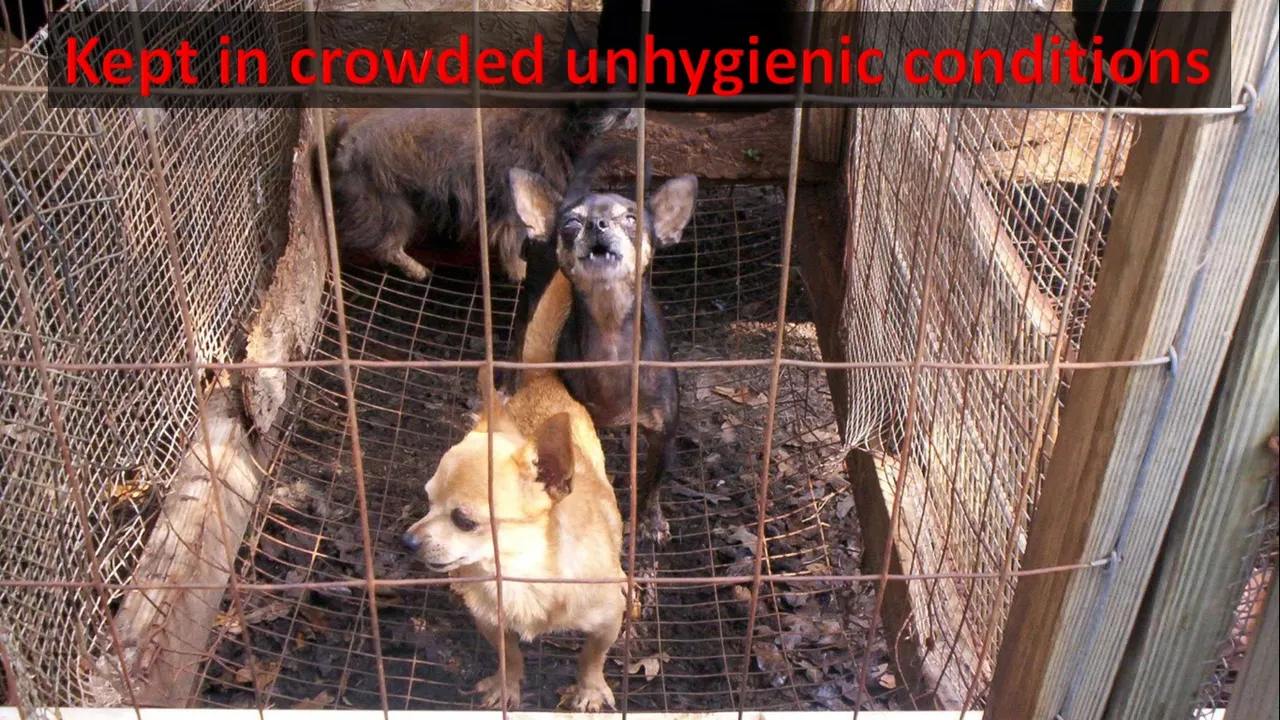
Puppies from the puppy mills can suffer from diseases and acute and chronic conditions. They may also develop behavioural difficulties due to the conditions they were exposed to at the mills.
Puppy Mills in Australia
According to the Pet Industry Association of Australia (PIAA), around 450,000 puppies are sold in Australia each year. About 15% of puppies are sold through breeders registered with Australia’s peak companion animal breeding associations.
Approximately 15% of puppies are sold through pet shops, with most sales occurring online. Online sales are not regulated. Sites such as Gumtree and The Trading Post have thousands of puppies up for sale each day. It is quite likely that many of these puppies are purchased from puppy mills.
Oscar’s Law
What is Oscar’s Law?
Oscar’s Law supports the following:
- Abolishment of factory farming of companion animals.
- Ban the sale of companion animals from pet shops/online trading sites.
- Promote adoption through rescue groups/pounds/shelters.
Who is Oscar?
Oscar was one of a number of dogs who were rescued from a puppy mill located in Victoria, Australia. These dogs had suffered serious neglect and abuse. Many of them required immediate veterinary attention in order for them to survive.
According to Oscar’s Law, there are hundreds of puppy mills in existence in Australia. The Australian Government has done nothing to put an end to the neglect, abuse, and cruelty that takes place at these puppy mills.

For information about Oscar’s Law, go to their website at: http://www.oscarslaw.org/
Puppy Mills in the United States of America
In 2015, according to the Humane Society of the United States, there were approximately 10,000 puppy mills in the United States of America. Less than 30% of puppy mills are regulated by the U.S. Department of Agriculture.

In a year, approximately, 2 million puppies are sold from puppy mills. There are estimated to be over 165,000 dogs kept solely for breeding purposes in U.S. Department of Agriculture licensed puppy mills. Below are some maps to give you an idea of where these puppy mills are located in the USA.
Map of Puppy Mills
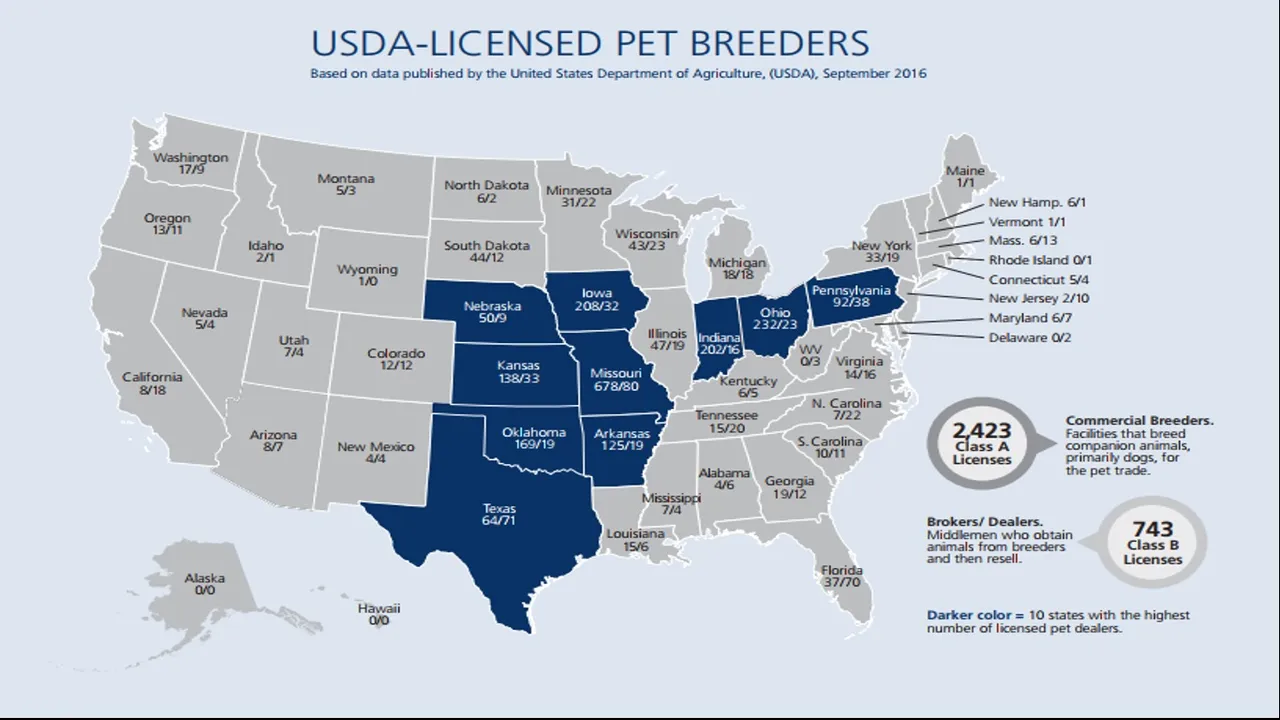
Alternative Map of Puppy Mills
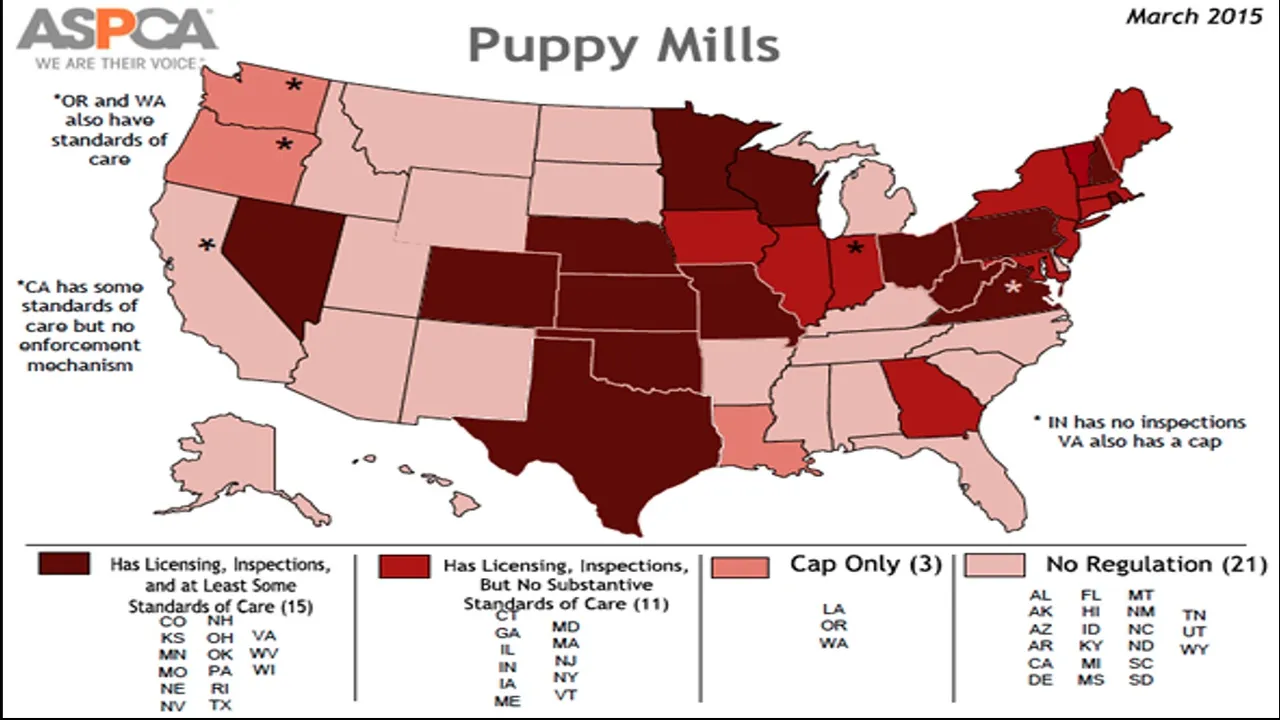
In these puppy mills, it is fairly common for hundreds even thousands of dogs to be killed (euthanized) for preventable diseases such as canine brucellosis and distemper.
Dogs are typically subject to other forms of cruelty as well such as:
- High and/or low temperatures.
- Harsh metal flooring of cages.
- Lack of sufficient exercise.
- Insufficient socialising.
- Limited access to veterinarian care.
- Insufficient space to live in comfort.
- Dogs that are deemed unsellable or not suitable for breeding are killed.
All of the above contribute to both physical and mental health problems for dogs.
Puppy mills in the United Kingdom
Care and respect includes all dogs (CARIAD), has identified that the United Kingdom has a serious overpopulation of dogs.
The United Kingdom do not have the exact number of puppy mills but the number of dogs from puppy mills can be approximated. According to the Kennel Club (2014), of the current dog population, 1.5 million dogs were sold from pet shops. According to CARIAD, all pet shops obtain their dogs from puppy mills. This is consistent with the 2014 Kennel Club Puppy Awareness Survey Week (PAW). According to Kennel Club (2014), 41% of owners did not see the puppy with its mother and 53% did see the puppy’s breeding environment. These are strong indications that these puppies were reared in puppy mills.
CARIAD has developed a charter for the compassionate treatment of dogs. This charter can be accessed using the following link:

http://cariadcampaign.files.wordpress.com/2012/02/c-a-r-i-a-d-charter.png)
A Member of Parliament in The United Kingdom has proposed Lucy’s Law, which is named after a spaniel rescued from a cage in a puppy mill. This law will prohibit the sale of puppies without the presence of the puppy’s mother. Sellers will also have to allow potential buyers access to their premises. This is aimed at helping to ensure that the animals are living under appropriate conditions. Lucy’s Law aligns very closely with CARIAD’s identified three facts about good breeders. These facts are as follows.
- They never sell their puppies to pet shops
- They never sell their puppies to dealers to sell-on the internet
- They always insist that you see your puppy with his or her mother
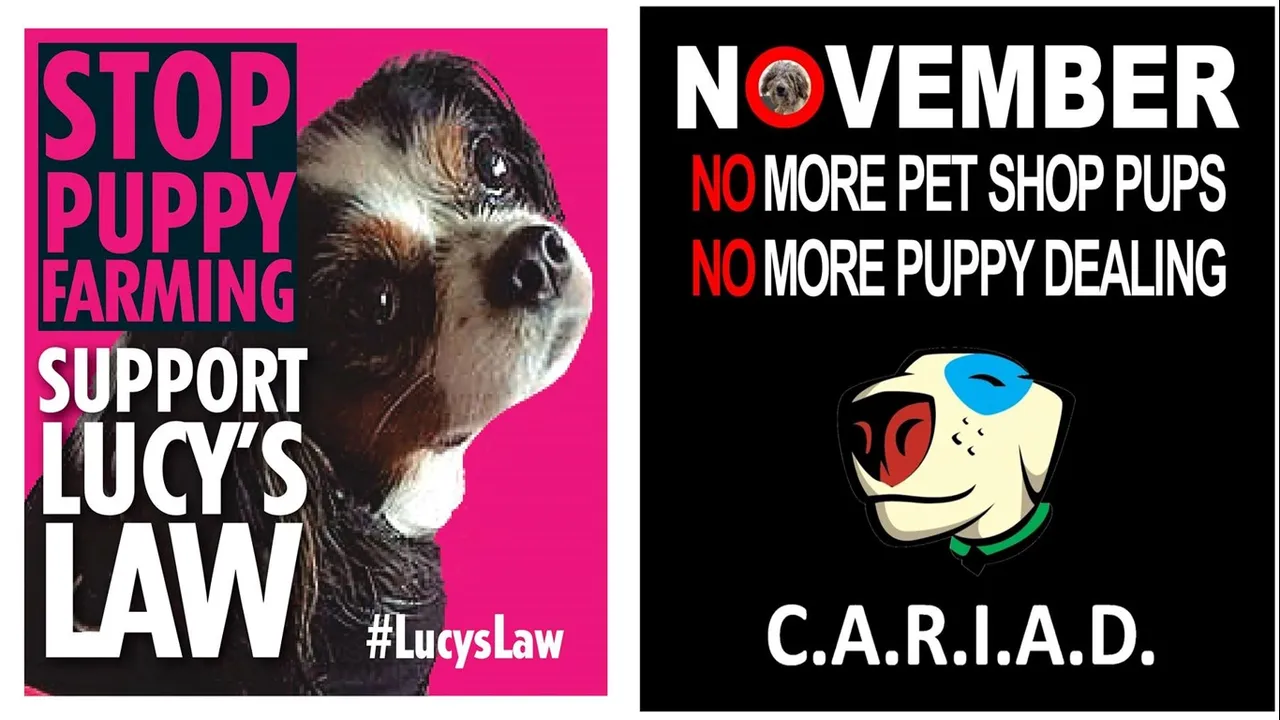
Abandoned Pets
Puppy mills are not the only area of pet abuse and mistreatment. Dogs that are bought are often abandoned by their owners.
Abandoned pets in Australia
In Australia, for the 2015-2016 financial year, the RSPCA reported receiving 137,329 animals. Of those animals, 45,256 were dogs and 55,570 were cats. According to the RSPCA, about 13% of the dogs were killed and about 30% of the cats were killed.
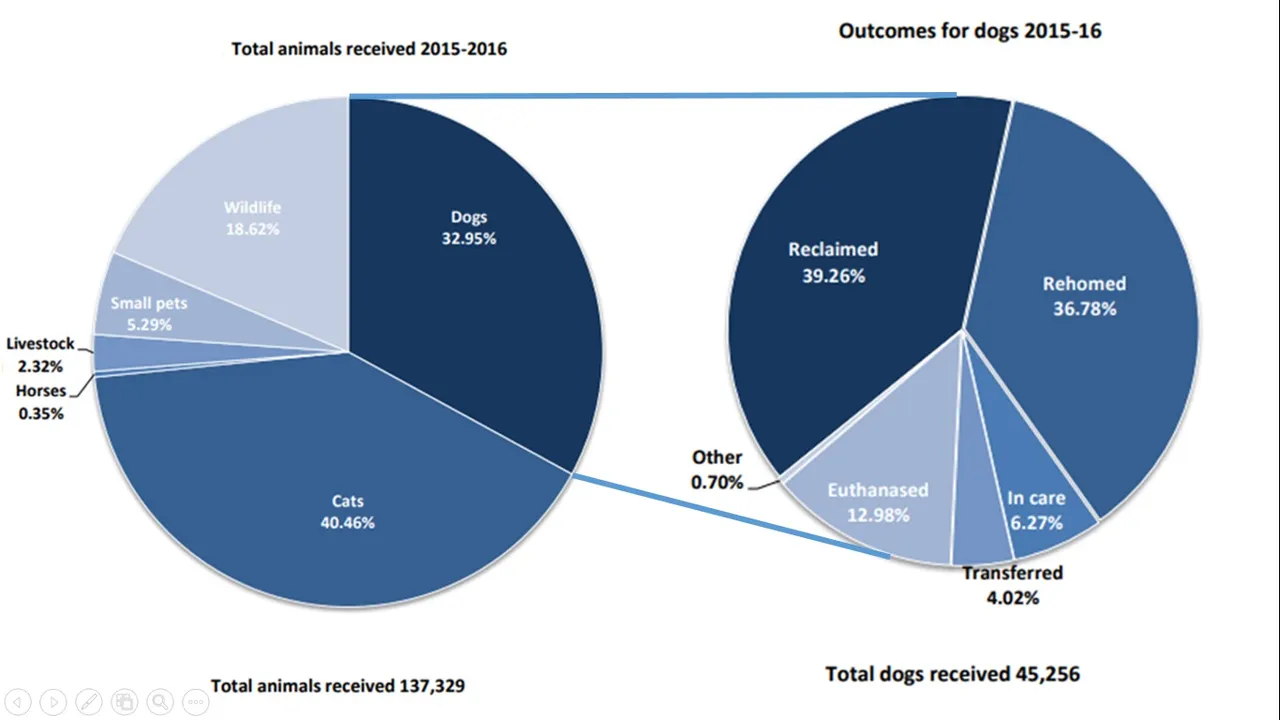
According to Australian teens against animal cruelty (ATAAC), approximately 130,000 dogs and 60,000 cats are killed in Australia each year.
According to the National Summit to End Pet Overpopulation, as high as 96% of stray or surrendered cats and 60% of stray and surrendered dogs are killed in some pounds and shelters.
The number of dogs and cats reported to be killed varies depending on the agencies reporting. The consistent statistic is that the number of abandoned pets is high.
Abandoned pets in the USA
In the USA, according to the ASPCA, approximately 6.5 million animals enter animal shelters and pounds each year. On average each year, the ASPCA reports that approximately 1.5 million shelter animals are killed (670,000 dogs and 860,000 cats). These numbers are reported to be falling.
According to One Green Planet, there are approximately 70 million stray animals living on the streets in the USA. One Green Planet approximates about half of the animals that enter shelters are killed; this is significantly higher than the numbers reported by the ASPCA. One in four animals brought into shelters are pit bulls, approximately 93% of pit bulls are killed in the shelters.

The killing that takes place is not always quick and painless. The Humane Society of the United States reports that Gas Chambers are often used by shelters. Animals die a slow (several minutes) and painful death in these Gas Chambers.
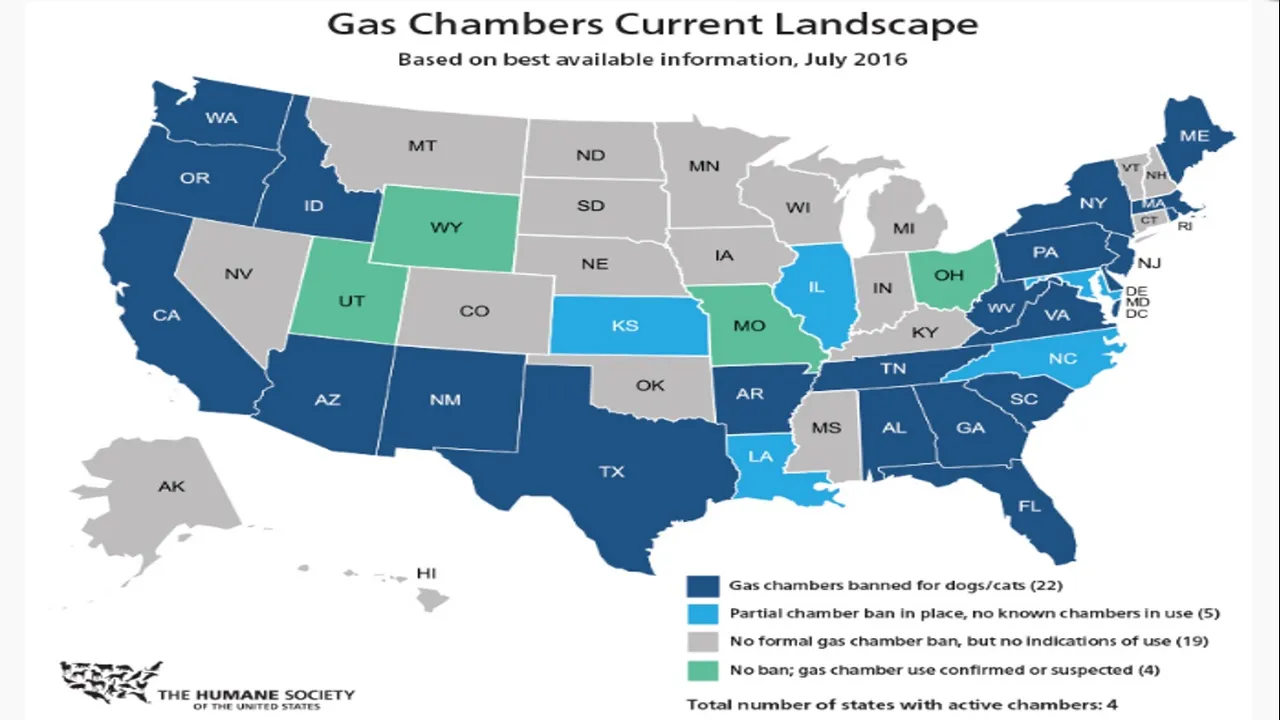

Abandoned pets in the United Kingdom
According to people for the ethical treatment of animals (PETA), there are approximately 100,000 homeless dogs in the United Kingdom. The high number of animasl taken into shelters each year requires that many animals have to be killed to make room for those found on the streets. Approximately 8,000 dogs are killed in shelters each year.
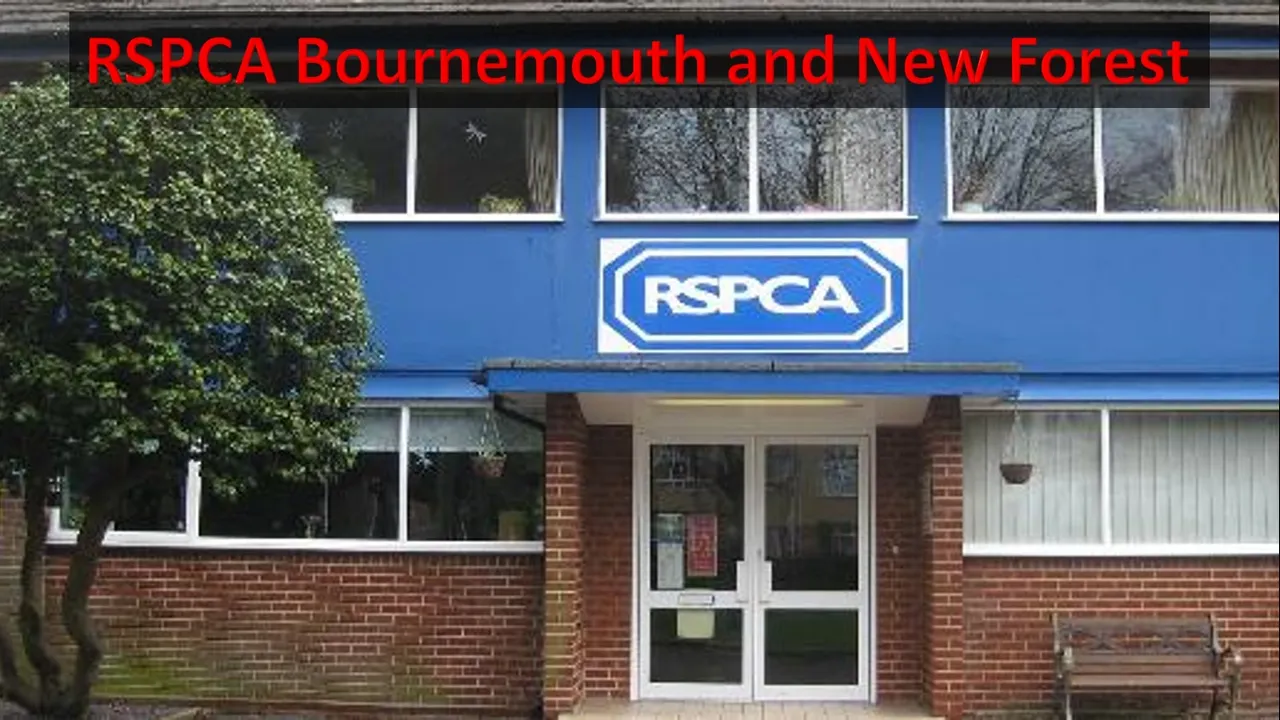
Killing any animal is horrible but it might be the lesser of two evils. If animals are not killed in the shelters, animals on the streets will not be taken off the streets as room cannot be made for them. Suffering on the streets in many cases is worse than being killed quickly at a shelter. It is a tragedy that these are the two options that shelters face.
Conclusion
This post summarises the cruelty and abuse that happens to animals that we call our pets and many call their loved ones. These are the animals that humans claim to love and think of as family. Most of the cruelty I have shown in this post, relating to puppy mills and widespread abandonment of pets, is not typically presented on a regular basis in the mainstream media. Governments do little to take action. Therefore, cruelty and abuse continues. In Part 2, I will take a look at the cruelty and abuse in the entertainment industry. I will revisit the pet industry in a series of posts in the upcoming months.
Thank you for taking the time to read my post. I hope you have found the content interesting and I hope it will discourage you from buying pets from pet shops. I have three dogs, all three are rescue dogs. My dogs’ names are Remy, Mango and Monkey.











